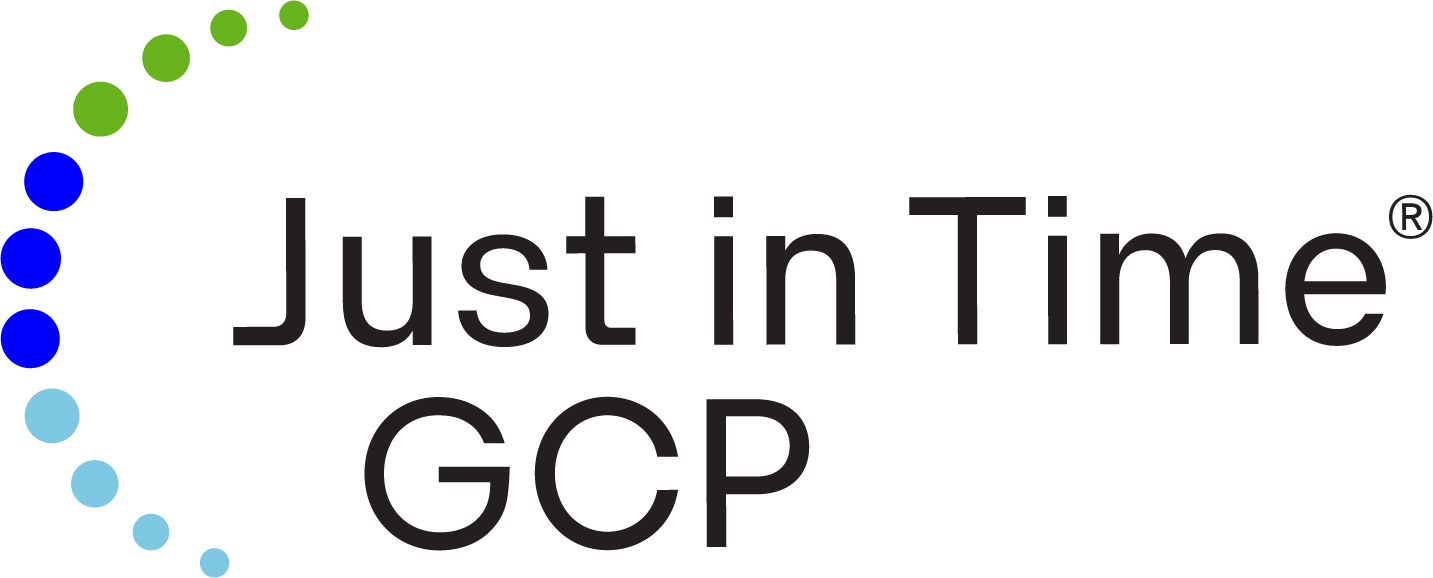Considerations in acquisitions of pharma and biotech organizations and their assets are multifaceted and involve various factors, including financial, strategic, regulatory, and operational aspects. One often overlooked operational aspect is the Trial Master File (TMF). An organization that is looking to be acquired or have an asset acquired will add value by having well organized and complete TMFs to support their studies.
Conversely, an organization looking to acquire an asset or company, paying attention to the quality of the TMF should be considered a critical element of due diligence and could potentially save you both time and money post transition. Here are some ways a trial master file can help with asset divestitures.
1. Evaluating the Potential for a Successful Regulatory Inspection
For organizations that are planning to acquire or are in the process of acquiring an asset, there is value in understanding the quality of the purchase. While there are many factors to consider, the ultimate goal when acquiring an asset should include successful regulatory approval. One of the most critical aspects of this approval process is the Good Clinical Practice inspection.
The GCP inspection is intended to evaluate the integrity of the data, the quality of the data, subject safety, and key elements of human subject protection in a clinical trial. The evidence of this compliance is found within the TMF and a well-structured, “inspection ready” TMF is the best way to ensure that the targeted regulatory approval timelines are met.
2. Ensuring Inspection Readiness of the Trial Master File
Unfortunately, it is often seen in the industry that an organization acquires an asset and later sets out to put together the pieces of this puzzle. Young organizations often don’t invest in Quality Management Systems (QMS) that ensure a quality TMF. Often, the evolution of inspection readiness only truly matures as a company is forced to prepare a defense of its bottom line against potential inspections from regulators. They rely on their CROs to run the study.
Due to a difference in bottom lines and ultimate responsibility between the Sponsor and the CRO, vendors often fail to provide the Sponsor-level oversight of the TMF that is required to ensure an inspection-ready TMF with adequate documentation. If the TMF is the story of the study, then an inadequate TMF is going to tell an inadequate story.
Even the most stringent contracts cannot replace best practices for Sponsor oversight and ensuring adequate documentation is filed to the TMF to tell an effective story. More often, assumptions from Sponsors on what they thought they would receive from CROs fall short of the documented reality. This creates urgent needs for remediation and CAPAs when facing an inspection, and these activities mean money and time, both of which are in short supply at this stage.
3. Understanding Gaps Prior to Acquisition
When an asset is acquired by a company and the IND is transferred, that new organization is responsible for all aspects of the development, including the development that happened prior to the acquisition. If the acquiring organization is unable to tell the story of the study because they were not involved in the conduct of the study and the TMF is inadequate, then it will be a challenge to get through a regulatory inspection.
By evaluating the TMF for critical gaps prior to acquisition there may be a greater chance to interface with core study staff at both the initial Sponsor and Vendor companies to initiate remediation of gaps and ensure proper documentation has been brought into the TMF as part of due diligence efforts.
4. Mitigating Monetary Risk
If an organization buys an asset with a poorly documented TMF, it would be prudent to consider the potential money and grief it may cause the organization to remediate it. If an organization is selling the asset, then a quality TMF makes the asset more valuable and ensures quality assurance. Organizations that provide and document oversight to the quality of their TMF throughout the life of the study best ensure TMF inspection readiness. They make sure that the TMF is telling the story of the study. As they prepare for divestiture, there is confidence in the completeness and quality of the documentation.
If an organization is trying to remediate an incomplete TMF content at the same time they are looking to divest, the divestiture becomes more expensive and can be at risk. Small organizations can still maintain oversight of their TMF documents throughout the life of the study. Implementing good business practices for oversight or partnering with an outside organization to conduct oversight reviews is a good way to ensure that a TMF is inspection (or divestiture) ready at all times.
How Just in Time GCP Can Help
If you are evaluating an asset for acquisition, let’s talk about preventing buyer’s remorse. Think of Just in Time GCP as the auto mechanic that will take a look under the hood of a used car before you buy it. At a very minimum we can help you understand the potential repair bill after the purchase. If you are planning to divest of an asset, let’s talk about how we can add value to your asset by having confidence in the quality of your clinical trial master file.
Let us help you make sure it is fully detailed before you sell it. Detailing and inspecting a car before it is bought or sold brings value to all parties involved. Understanding GCP risk is critical when evaluating an asset. Just in Time GCP can take the stress out of understanding and managing your risks, so reach out today.
~Donna Dorozinsky, Founder and CEO

